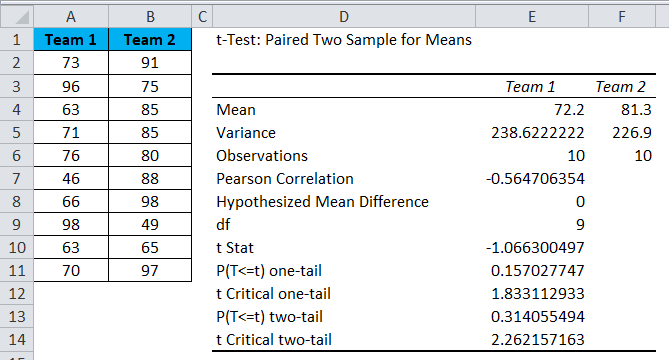
:max_bytes(150000):strip_icc()/04-Simple-Solver-Options-7bffcadbbc624ccb94d1053402547cc6.jpg)
Download the Excel file, enter the solver parameters (previous 7 steps) and find the optimal solution. Excel has an Add-In called Solver that can solve mathematical programming models (linear, nonlinear and integer). This solution uses all the resources available. This solution gives the maximum profit of 25600. Check 'Make Unconstrained Variables Non-Negative' and select 'Simplex LP'.Ĭonclusion: it is optimal to order 94 bicycles and 54 mopeds. Click Add to enter the following constraint.Ħ. Enter OrderSize for the Changing Variable Cells.ĥ. You have the choice of typing the range names or clicking on the cells in the spreadsheet.Ĥ. The result should be consistent with the picture below. On the Data tab, in the Analyze group, click Solver.Įnter the solver parameters (read on). Go through the steps of setting up your solver and solve it. Give your macro a name and fill in the description if you’d like. Click on that button to open the recorder. You will see a piece of paper with a red dot. To find the optimal solution, execute the following steps.ġ. Make your way back to the developer tab on the ribbon. We shall describe next how the Excel Solver can be used to quickly find the optimal solution. Optimization deals with selecting the best option among a.
EXCEL SOLVER EXAMPLES TRIAL
It is not necessary to use trial and error. Microsoft Excel solver is a powerful add-on tool to solve and analyze optimization problems. This solution has a total profit of 19000. With this formulation, it becomes easy to analyze any trial solution.įor example, if we order 20 bicycles, 40 mopeds and 100 child seats, the total amount of resources used does not exceed the amount of resources available. Total Profit equals the sumproduct of UnitProfit and OrderSize.

The amount of storage used equals the sumproduct of the range C8:E8 and OrderSize. Insert the following three SUMPRODUCT functions.Įxplanation: The amount of capital used equals the sumproduct of the range C7:E7 and OrderSize. To make the model easier to understand, create the following named ranges. What is the overall measure of performance for these decisions? The overall measure of performance is the total profit of the three products, so the objective is to maximize this quantity.Ģ. For example, each bicycle uses 300 units of capital and 0.5 unit of storage.Ĭ. What are the constraints on these decisions? The constrains here are that the amount of capital and storage used by the products cannot exceed the limited amount of capital and storage (resources) available. What are the decisions to be made? For this problem, we need Excel to find out how much to order of each product (bicycles, mopeds and child seats).ī. To formulate this linear programming model, answer the following three questions.Ī. The model we are going to solve looks as follows in Excel.ġ. You can find the Solver on the Data tab, in the Analyze group. An example is the terminology it uses in dialog boxes, such as Target. Under Add-ins, select Solver Add-in and click on the Go button.Ĥ.


 0 kommentar(er)
0 kommentar(er)
